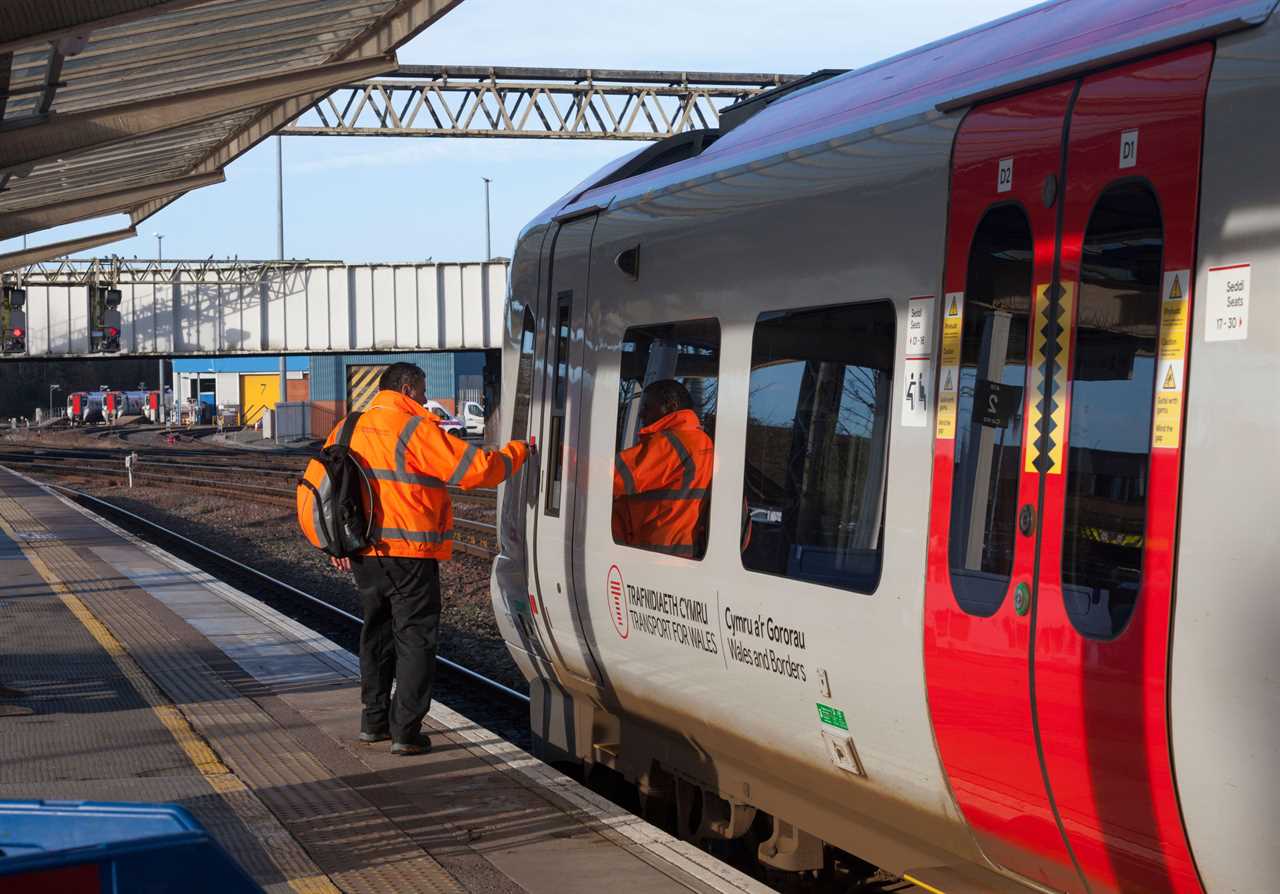
In a significant shift, the minimum age for train drivers is set to decrease from 20 to 18, aiming to tackle pressing concerns around driver shortages and frequent last-minute cancellations. This move opens the possibility for school leavers to step into the driver's role by the year's end, reflecting broader shifts in workforce dynamics and opportunities for younger individuals.
Responding to Shortages: A Policy Reversal
The decision to lower the minimum age requirement for train drivers comes as a response to the industry's struggle with staffing shortages, which have been implicated in a substantial portion of sudden train cancellations. By addressing these shortages, policymakers hope to not only enhance the reliability of rail services but also create pathways for young people to enter the workforce.
Training and Qualifications: Balancing Safety and Inclusion
While the change in age requirements opens up new possibilities for younger individuals, the rigorous training process, spanning one to two years, remains crucial. Prospective train drivers will still be expected to hold GCSEs in English and maths, alongside passing various psychological, medical, and competency assessments to ensure their readiness for the role's responsibilities.
Perspectives on Safety and Diversity
Mark Phillips of the Rail Safety and Standards Board emphasised that their research supports the notion that 18-year-olds can safely undertake the role of train drivers, underlining the importance of balancing safety considerations with opportunities for younger recruits. Transport Secretary Heidi Alexander highlighted the economic imperative of integrating young people into the workforce, framing the policy change within broader labour market dynamics.
Shifting Demographics and Inclusivity
With the average age of UK train drivers currently at 48 and a significant portion nearing retirement age, the move to recruit younger individuals signals a demographic shift in the industry. Moreover, efforts to increase diversity among train drivers, where currently only three per cent are under 30 and less than nine per cent are female, aim to create a more inclusive and representative workforce.
International Precedents and Local Adaptations
Drawing on examples from countries like France, Germany, the Netherlands, and Switzerland, which have already revised age requirements for train drivers, the UK's decision reflects broader European trends in the transportation sector. Transport for London's previous experience with opening train driver apprenticeships to 18-year-olds in 2007 provides a local precedent for this progressive shift.
In conclusion, the decision to lower the minimum age for train drivers in the UK signifies a multifaceted response to staffing challenges, safety considerations, and the imperative of fostering a more diverse and inclusive workforce. By navigating these complexities with careful attention to training standards, demographic shifts, and international practices, the rail industry aims to adapt to evolving demands while opening up new opportunities for young individuals in the sector.
Did you miss our previous article...
https://trendinginthenews.com/uk-politics/analysis-conservative-proposal-imposes-farreaching-immigration-restrictions






